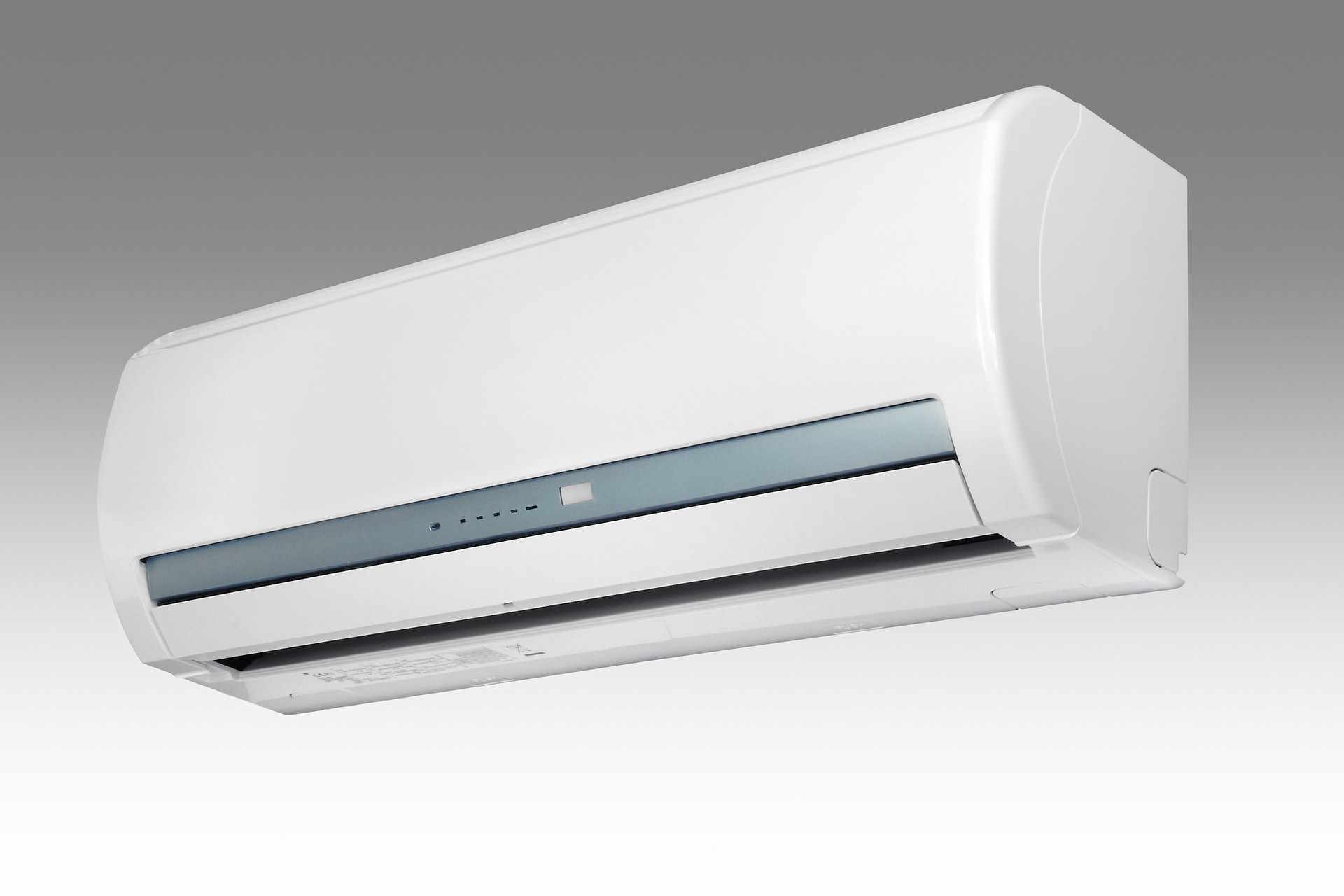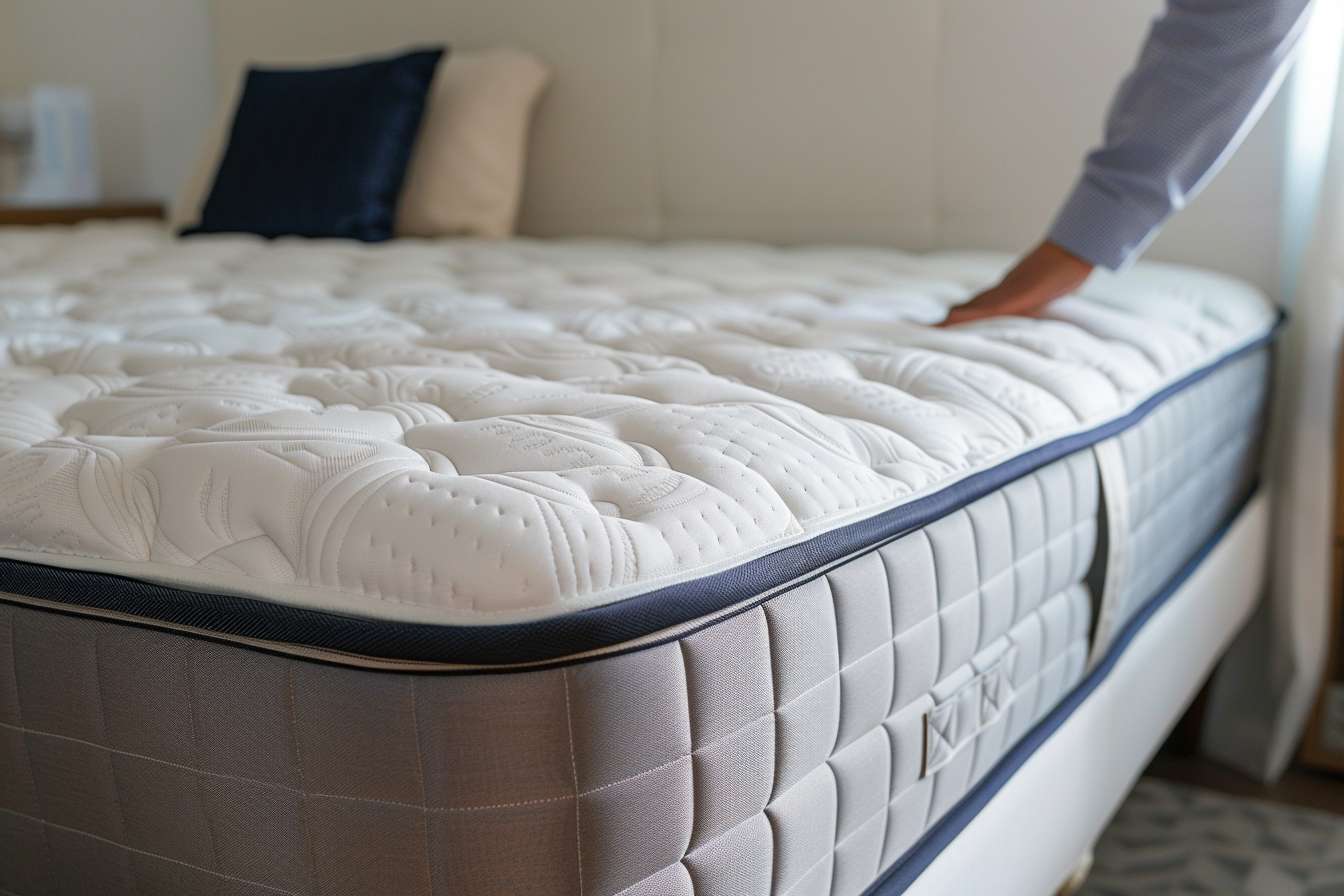Air Conditioner Buying Guide
Selecting the right air conditioner involves understanding crucial elements such as size, energy efficiency, and modern features. Correct sizing enhances cooling efficiency while smart features provide energy management. Proper installation and maintenance impact performance, and exploring various models ensures suitability for any space. This guide paves the way for informed, cost-effective air conditioning decisions.

Air Conditioner Buying Guide
Selecting the right cooling system for your home involves understanding various technical specifications, energy requirements, and installation considerations. The air conditioning market offers numerous options, each designed for different spaces and cooling needs. Making an informed decision requires evaluating factors such as square footage, climate conditions, and available electrical capacity.
Choosing the Right Air Conditioner
The foundation of selecting an appropriate cooling system lies in calculating the British Thermal Units (BTUs) needed for your space. Generally, you need approximately 20 BTUs per square foot for standard ceiling heights. However, factors like insulation quality, window placement, and sun exposure can significantly affect this calculation. Rooms with high ceilings, large windows, or southern exposure typically require additional cooling capacity.
Window units work well for single rooms, typically ranging from 5,000 to 24,000 BTUs. Split systems offer more flexibility and efficiency for multiple rooms, while central air conditioning provides whole-house cooling but requires existing ductwork or professional installation of new ducts.
Energy Efficiency and Modern Features
Energy efficiency ratings directly impact long-term operating costs and environmental impact. The Seasonal Energy Efficiency Ratio (SEER) measures cooling efficiency, with higher numbers indicating better performance. Modern units typically range from 13 to 25+ SEER ratings, with Energy Star certified models offering significant energy savings.
Smart technology integration has become increasingly common, allowing remote control through smartphone apps, programmable scheduling, and integration with home automation systems. Variable-speed compressors adjust cooling output based on demand, providing more consistent temperatures while reducing energy consumption. Some units feature advanced filtration systems that remove allergens and improve indoor air quality.
Installation and Maintenance
Proper installation significantly affects system performance and longevity. Window units require secure mounting and proper sealing to prevent air leaks. Split systems need professional installation to ensure correct refrigerant levels, electrical connections, and drainage. Central air systems involve complex ductwork modifications and electrical upgrades that require licensed technicians.
Regular maintenance extends equipment life and maintains efficiency. Monthly filter changes or cleaning improve air quality and system performance. Annual professional servicing includes cleaning coils, checking refrigerant levels, and inspecting electrical connections. Proper maintenance can extend system life by several years while maintaining optimal energy efficiency.
Exploring Different Models and Options
Portable air conditioners offer flexibility for renters or temporary cooling needs, though they’re generally less efficient than permanent installations. These units require window venting and regular water drainage but can be moved between rooms as needed.
Ductless mini-split systems provide efficient cooling for homes without existing ductwork. These systems consist of outdoor compressor units connected to indoor air handlers, offering zone-based temperature control. Multi-zone systems can cool several rooms independently, providing personalized comfort while maintaining energy efficiency.
Geothermal heat pumps represent premium cooling and heating solutions, utilizing stable ground temperatures for exceptional efficiency. While installation costs are higher, these systems offer significant long-term energy savings and environmental benefits.
| System Type | Size Range | Cost Estimation | Key Features |
|---|---|---|---|
| Window Unit | 5,000-24,000 BTU | $150-$800 | Easy installation, single room cooling |
| Portable AC | 8,000-14,000 BTU | $300-$700 | Moveable, no permanent installation |
| Mini-Split | 9,000-36,000 BTU | $1,500-$4,000 | High efficiency, quiet operation |
| Central Air | 1.5-5 ton capacity | $3,000-$8,000 | Whole house cooling, requires ductwork |
| Geothermal | 2-6 ton capacity | $10,000-$25,000 | Highest efficiency, heating and cooling |
Prices, rates, or cost estimates mentioned in this article are based on the latest available information but may change over time. Independent research is advised before making financial decisions.
Why You Should Learn More About Air Conditioners Today
Understanding air conditioning technology helps you make informed decisions that affect comfort, energy costs, and home value. Climate change and rising energy costs make efficiency increasingly important for long-term financial planning. Modern systems offer features that weren’t available even five years ago, including smart controls, variable-speed operation, and improved refrigerants with lower environmental impact.
Researching current options before your existing system fails allows for better planning and potentially better pricing. Emergency replacements often limit choices and may result in higher costs. Understanding installation requirements, electrical needs, and maintenance expectations helps you budget appropriately and select qualified contractors.
The air conditioning industry continues evolving with new technologies, regulations, and efficiency standards. Staying informed about these developments ensures you can take advantage of rebates, tax credits, and the latest energy-saving features when making your purchase decision.




